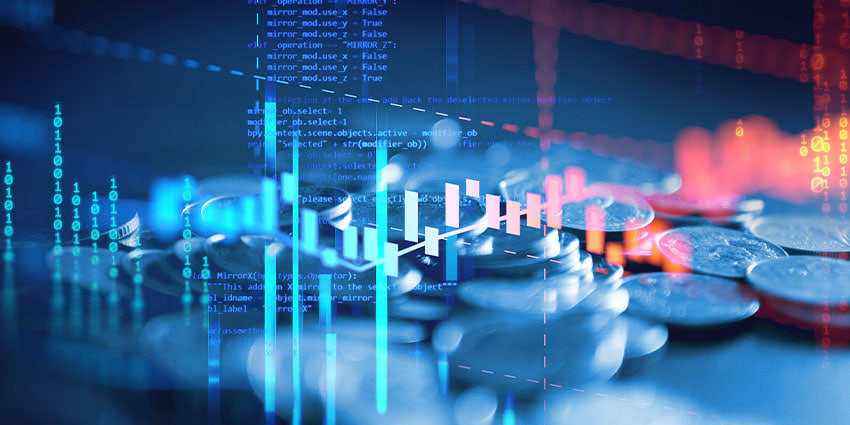Japan's Nuclear Power Plants Remain Stable After Earthquake: A Detailed Analysis
Meta Description: Following a recent earthquake, the Japan Atomic Energy Regulatory Commission (NRA) confirmed that four nuclear power plants remain operational without incident. This article provides a comprehensive analysis of the situation, exploring the safety measures, earthquake preparedness, and potential risks associated with Japan's nuclear industry.
Imagine this: You're sitting at your desk, scrolling through the news, when a headline catches your eye: "Earthquake Strikes Japan, Nuclear Power Plants Remain Safe." You're immediately flooded with questions. Did the earthquake cause any damage? Are there any safety concerns? How does Japan ensure the safety of its nuclear power plants in such a seismically active region?
This article will delve into the details of this recent incident, examining the steps taken by the NRA and the Japanese government to ensure the safety of their nuclear power plants. We'll explore the earthquake preparedness protocols in place, the potential risks associated with these facilities, and the broader context of Japan's nuclear energy policy. By understanding the technical details and the human element involved in this crucial situation, we can gain a deeper appreciation for the complexities of nuclear safety and the importance of ongoing vigilance in the face of natural disasters.
Earthquake Preparedness in Japan: A Nation Built on Vigilance
Japan, being situated on the infamous "Ring of Fire," faces the constant threat of earthquakes. With over 1,500 tremors recorded each year, the nation has developed a comprehensive approach to earthquake preparedness, which extends to its nuclear power plants.
Rigorous Safety Standards and Regulations
The Japan Atomic Energy Regulatory Commission (NRA) plays a pivotal role in ensuring the safety of nuclear power plants. They enforce stringent regulations, based on the "Defense-in-Depth" concept, which employs multiple layers of protection to prevent accidents.
These regulations include:
- Seismic Design Criteria: Nuclear power plants are designed to withstand earthquakes exceeding the largest historically recorded in their specific area. These criteria are constantly reviewed and updated based on the latest scientific understanding.
- Regular Inspections and Maintenance: The NRA conducts frequent inspections and requires regular maintenance programs to ensure that safety systems remain operational and that aging infrastructure is addressed proactively.
- Emergency Response Plans: Comprehensive emergency response plans are in place for each nuclear power plant, outlining the steps to be taken during various scenarios, including earthquakes, tsunamis, and other natural disasters. These plans are regularly tested and refined through drills and simulations.
A Multi-Layered Approach to Safety
The "Defense-in-Depth" concept, adopted by Japan, is a testament to their commitment to minimizing the risk of nuclear accidents.
It involves multiple layers of protection, including:
- Physical barriers: The reactors themselves are encased in thick concrete and steel structures, designed to withstand extreme pressure and impacts.
- Safety systems: A network of backup systems, including emergency cooling systems and containment vessels, are in place to prevent the release of radioactive material in the event of an accident.
- Human intervention: Highly trained personnel are ready to respond to any emergency, executing pre-defined procedures and taking quick action to mitigate the potential impact of an event.
The Importance of Communication and Transparency
In the wake of the 2011 Fukushima Daiichi disaster, Japan has placed even greater emphasis on communication and transparency. The NRA has implemented stricter regulations on information sharing, aiming to build public trust and ensure timely dissemination of accurate information.
These measures include:
- Real-time data sharing: The NRA has established a system for real-time data sharing from nuclear power plants, allowing the public to access information about reactor conditions and safety systems.
- Open communication: The NRA regularly communicates with the public through press conferences, websites, and social media platforms, providing updates on the status of nuclear power plants and any potential risks.
- Independent oversight: The NRA is independent of the nuclear industry, ensuring that its decisions are not influenced by vested interests.
Navigating the Complexities of Nuclear Power
While Japan's commitment to safety is commendable, the use of nuclear power continues to be a topic of debate and discussion. The debate centers around the potential risks associated with nuclear power, including the possibility of accidents, the long-term storage of radioactive waste, and the proliferation of nuclear weapons.
However, it's crucial to recognize the role that nuclear power plays in mitigating climate change. Nuclear power plants are a reliable source of low-carbon energy, and they can play a crucial role in transitioning to a more sustainable future.
A Balanced Approach to Energy Policy
Japan's energy policy reflects this complex reality. The nation is committed to reducing its reliance on fossil fuels while acknowledging the need to minimize the risks associated with nuclear power.
This approach involves:
- Diversification of energy sources: Japan is actively investing in renewable energy sources, such as solar, wind, and geothermal power.
- Improving energy efficiency: Efforts are underway to improve energy efficiency in homes, businesses, and industries.
- Continued use of nuclear power: Japan continues to operate nuclear power plants while implementing stringent safety regulations and robust oversight.
The Road Ahead: Balancing Safety, Sustainability, and Public Trust
The recent earthquake serves as a reminder of the importance of continuous vigilance and preparedness. Japan's commitment to safety, transparency, and a balanced energy policy provides a framework for navigating the complex challenges associated with nuclear power.
As the world grapples with the urgent need to address climate change, the role of nuclear power will continue to be debated. This debate must be informed by a clear understanding of the risks and benefits, as well as a commitment to transparency, public engagement, and responsible decision-making.
FAQs
Q: What measures were taken to ensure the safety of the nuclear power plants during the earthquake?
A: The NRA implemented its comprehensive earthquake preparedness protocols, including activating emergency response plans, monitoring reactor conditions, and ensuring the functionality of safety systems. These protocols involve multiple layers of protection, as outlined in the "Defense-in-Depth" concept.
Q: Are there any concerns about the safety of nuclear power plants in Japan?
A: While Japan has a robust safety record and has significantly enhanced its regulations since the Fukushima Daiichi disaster, the inherent risks associated with nuclear power remain a concern. These risks include the potential for accidents, the long-term storage of radioactive waste, and the possibility of terrorist attacks.
Q: What is Japan's current energy policy?
A: Japan's energy policy aims to reduce its reliance on fossil fuels while ensuring energy security. This involves diversifying energy sources, investing in renewable energy, and utilizing nuclear power under stringent safety regulations.
Q: How does Japan ensure transparency in its nuclear industry?
A: Japan has implemented measures to promote transparency, including real-time data sharing from nuclear power plants, open communication with the public, and independent oversight by the NRA.
Q: What is the future of nuclear power in Japan?
A: The future of nuclear power in Japan remains uncertain. The nation's energy policy is subject to ongoing debate, with some calling for a phase-out of nuclear power, while others argue for its continued role in reducing carbon emissions.
Conclusion
The recent earthquake in Japan underscored the importance of preparedness, transparency, and a balanced approach to energy policy. Japan's commitment to safety and its robust regulatory framework provide a framework for navigating the complex challenges associated with nuclear power. As we move towards a more sustainable future, the role of nuclear power will continue to be debated. This debate must be informed by evidence, science, and a commitment to responsible decision-making. By fostering trust and dialogue, we can work towards a future where energy security and environmental sustainability go hand in hand.



